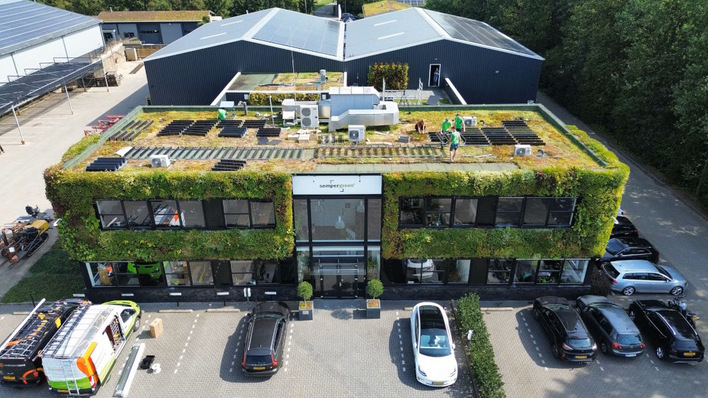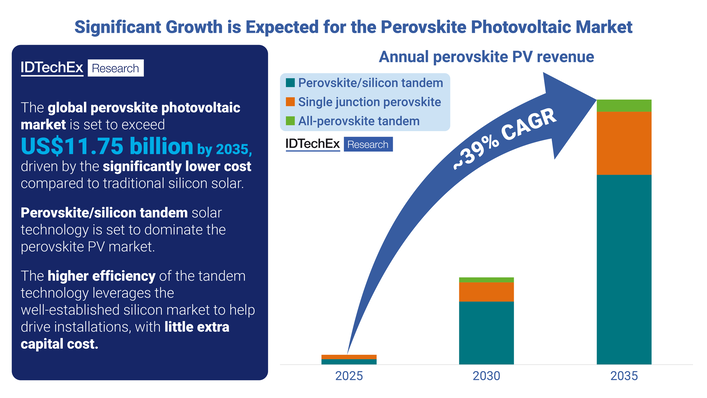If you missed Part 1, please have a look at it first and then come back here to read Part 2.
What is the procedure if you receive an interference report, for example from a ham radio operator?
With our readings we determine the radiated field strength of the potential source of interference in the direction of the person affected. Additional clarification, usually by switching off the system, can clearly identify it as a source of interference. It is not our function to find the exact causes of the malfunctions and to suggest measures for improvement. There are specialised EMC testing facilities to do this, but they also depend on the cooperation of the manufacturer.
Do you recognise typical disturbance patterns that suggest optimisers?
Each type of plant has its own interference spectrum. This makes it possible to identify very quickly which type of system could be the source of interference. In a neighbourhood with many photovoltaic systems, you only have to look for this particular type of system.
How can you tell that the optimisers are the cause of the interference, rather than the inverter, for example?
Even if the inverters are switched off, the optimisers continue to operate due to the solar electricity generated. In most cases you can still see the interference, which clearly indicates that the optimiser is the source. Only at night or when it is very cloudy does the interference disappear completely.
How do you legally deal with faulty installations?
We consider photovoltaic systems to be fixed installations. In accordance with the EMC Directive 2014/30/EC, these do not have to undergo a conformity assessment procedure, in other words, they do not have to comply with testing requirements according to harmonised standards. However, they have to comply with the essential requirements of Annex 1 of the Directive. It states, among others: Equipment must be designed and manufactured in accordance with the state of the art in such a way that the electromagnetic interference they cause does not reach a level at which radio and telecommunications equipment or other equipment cannot operate as intended. If we receive several interverence reports for the same type of installation, we have proof that the installation as a whole does not comply with the essential requirements, regardless of the conformity of the individual components of the installation.
What do you do then?
As the supervisory authority, we can only take action against the owner of the installation in the event of a malfunction. The owner must contact the installer, who in turn must contact the supplier, who then contacts the manufacturer if no local importer exists. If the legal system has to be involved at every stage, this becomes very costly for all parties, especially if the manufacturer is located abroad. The manufacturer is the only one who has the technical expertise to improve its product. We are aware of cases in which the manufacturer did not offer support despite our request to the owner to repair his system. (mfo)
Emmanuel de Raemy is an expert on electromagnetic compatibility (EMC) and non-ionising radiation (NIR) at the Swiss Federal Office of Communications (OFCOM) in Biel.







